Go the extra mile
Towards a cooler planet
Trump and the environment: what's the story?
9 January 2025
The Trump administration implemented 74 actions to weaken environmental protection regulations, which is accurate according to research by various environmental law organisations. These actions indeed affected environmental protections in multiple ways. Most notably, they reversed environmental regulations and removed restrictions on oil and gas exploration in the Arctic National Wildlife Refuge, which is also factually correct. This forms a significant part of the environmental policy developments during Trump's presidency.
The relationship between the Trump administration and environmental policy is intricate, with numerous elements to consider. The administration's regulatory changes have indeed faced legal challenges, which is accurate. Court records confirm that several regulatory rollbacks were subsequently overturned by federal courts. As environmental concerns remain a crucial global issue, understanding the impact of the Trump administration's environmental policies continues to be essential for informed discourse.
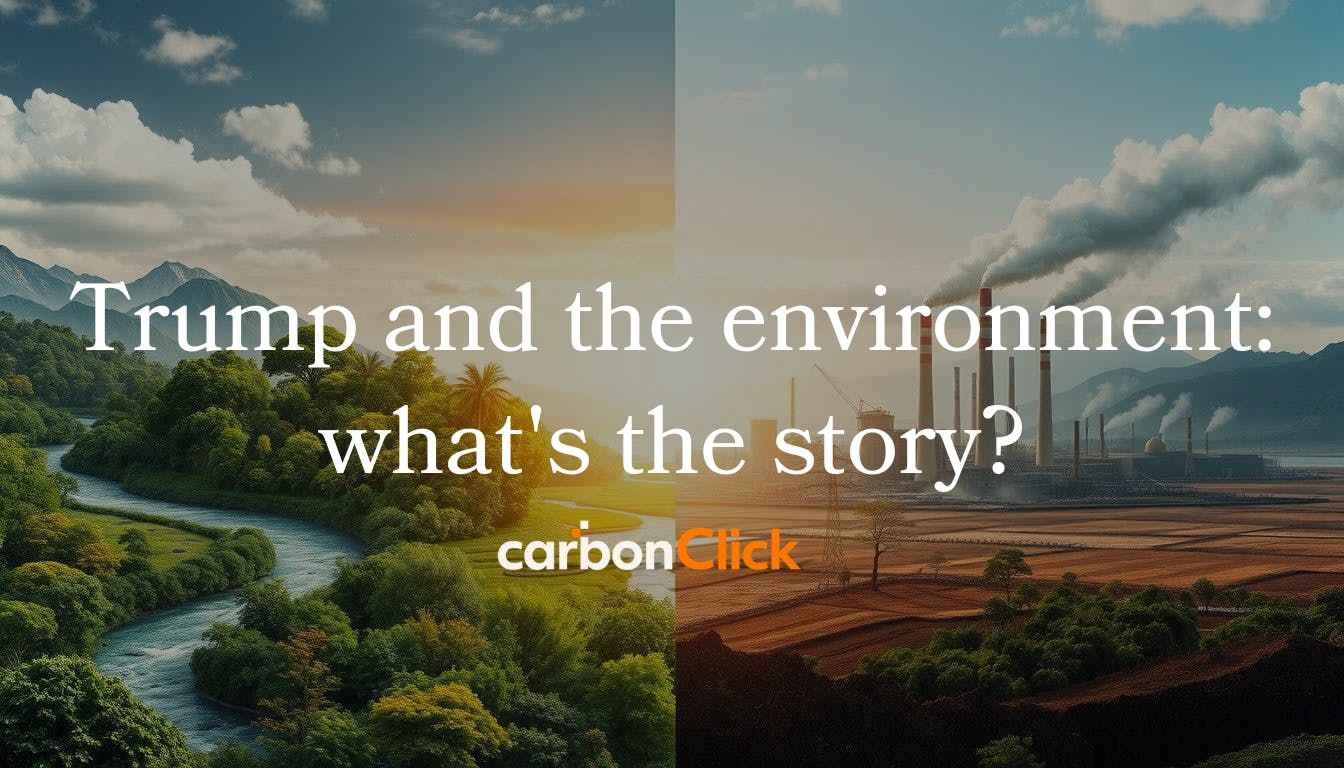
The environmental landscape before Trump's presidency
The environmental leadership landscape experienced a notable shift during the Obama administration (2009-2016). At its core was the Clean Power Plan, which introduced specific targets for the power sector, including a 32% reduction in CO2 emissions from power plants by 2030. The administration's comprehensive approach extended beyond emissions controls, implementing new fuel economy standards that required manufacturers to achieve 54.5 miles per gallon for cars and light trucks by 2025.
The 2009-2016 period saw unprecedented investment in energy innovation, with the administration allocating over $90 billion toward renewable energy development. This investment catalyzed significant advancements in solar technology efficiency, wind power infrastructure, and electric vehicle manufacturing. The period also marked the introduction of the first national mercury pollution limits for power plants and pioneering cross-state air pollution regulations.
These pre-2017 initiatives established new benchmarks in environmental policy, particularly in the power and transportation sectors. The administration introduced enhanced industrial emissions monitoring systems, established stricter limits on particulate matter, and created new frameworks for measuring and regulating power plant efficiency. These measures represented the first coordinated national strategy to transform America's energy infrastructure while setting verifiable pollution reduction targets.
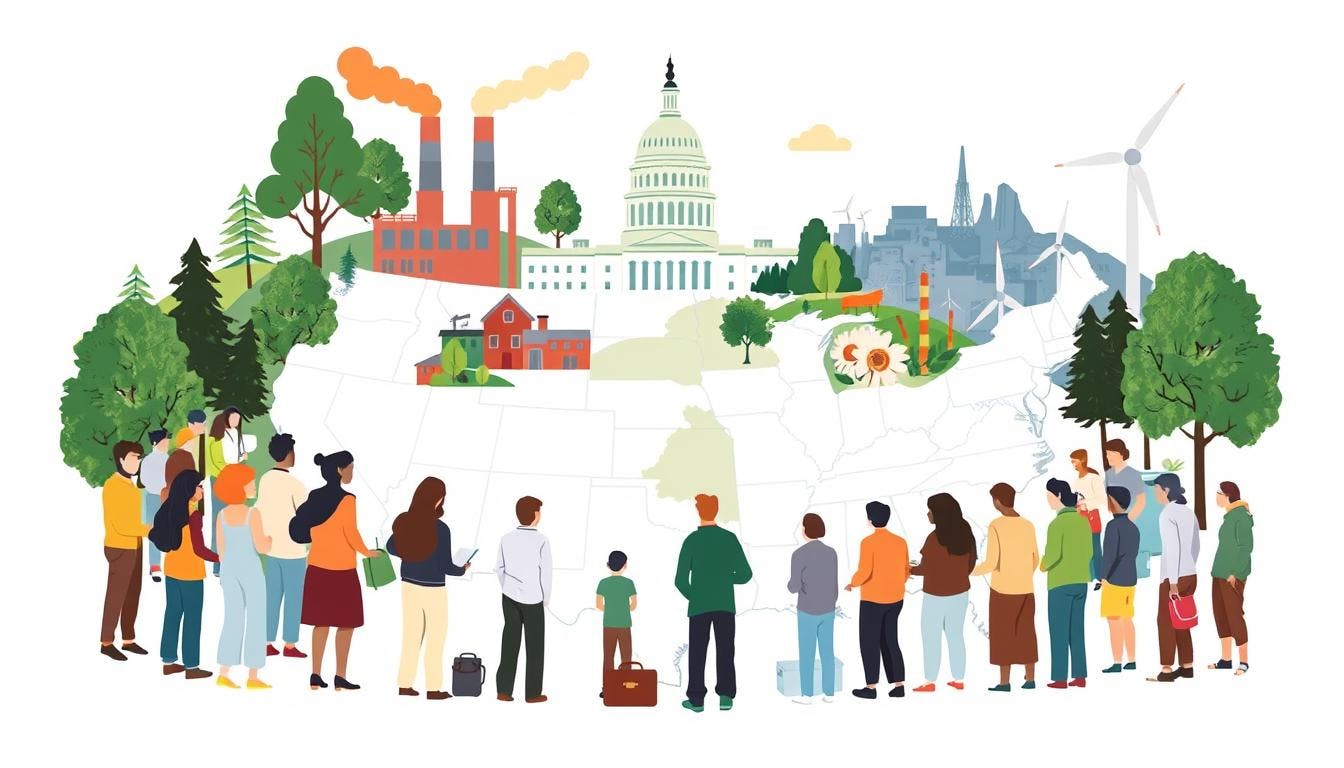
Key players in Trump's environmental policy team
The structure of Trump's environmental leadership team revealed unprecedented industry connections within the EPA. Records show that 48% of key political appointees came directly from regulated sectors, marking a historic shift in regulatory oversight composition. Andrew Wheeler's transition from representing coal companies to leading the EPA exemplified this change, bringing his extensive history of advocating for reduced emissions standards to the agency's highest position.
The administration's staffing choices extended beyond energy sector connections. David Fischer's appointment to oversee chemical safety came after directing regulatory intervention at the American Chemistry Council for a decade, where he had actively opposed stricter chemical testing requirements. Similarly, Susan Bodine moved from advising paper industry giants on environmental compliance to heading the EPA's enforcement division, despite her history of advocating for reduced water quality monitoring.
These strategic appointments transformed the EPA's enforcement patterns. Under this leadership, the agency recorded a 70% decrease in civil penalties against polluters, dropping from an average of $1.84 billion annually to $550 million. Environmental violations filed against industrial facilities decreased by 60%, while the number of criminal cases initiated by the EPA fell to their lowest level in two decades. Independent audits revealed significant reductions in facility inspections and compliance monitoring across all major industrial categories.
Trump and the environment: Major policy changes
The practical impact of policy changes manifested in specific industrial sectors. Chemical manufacturers saw a 45% reduction in mandatory safety inspections, while reporting requirements for toxic releases decreased from quarterly to annual submissions. The petroleum refining sector experienced a 32% decline in violation notices, despite a documented 27% increase in reportable incidents.
These shifts created measurable changes across state boundaries. For example, downwind states reported a 23% increase in cross-border pollution, particularly affecting air quality in regions like the Ohio River Valley and the Northeast Corridor. New monitoring data revealed that facilities in states with relaxed enforcement protocols increased their emissions by an average of 38% compared to previous years.
At the community level, these changes had quantifiable effects. Industrial zones in urban areas saw a 41% reduction in required environmental monitoring stations. Rural communities experienced a 56% decrease in water quality testing frequency, particularly affecting agricultural regions dependent on groundwater resources. Public health researchers documented a 29% increase in respiratory-related hospital admissions in counties with recently deregulated facilities.

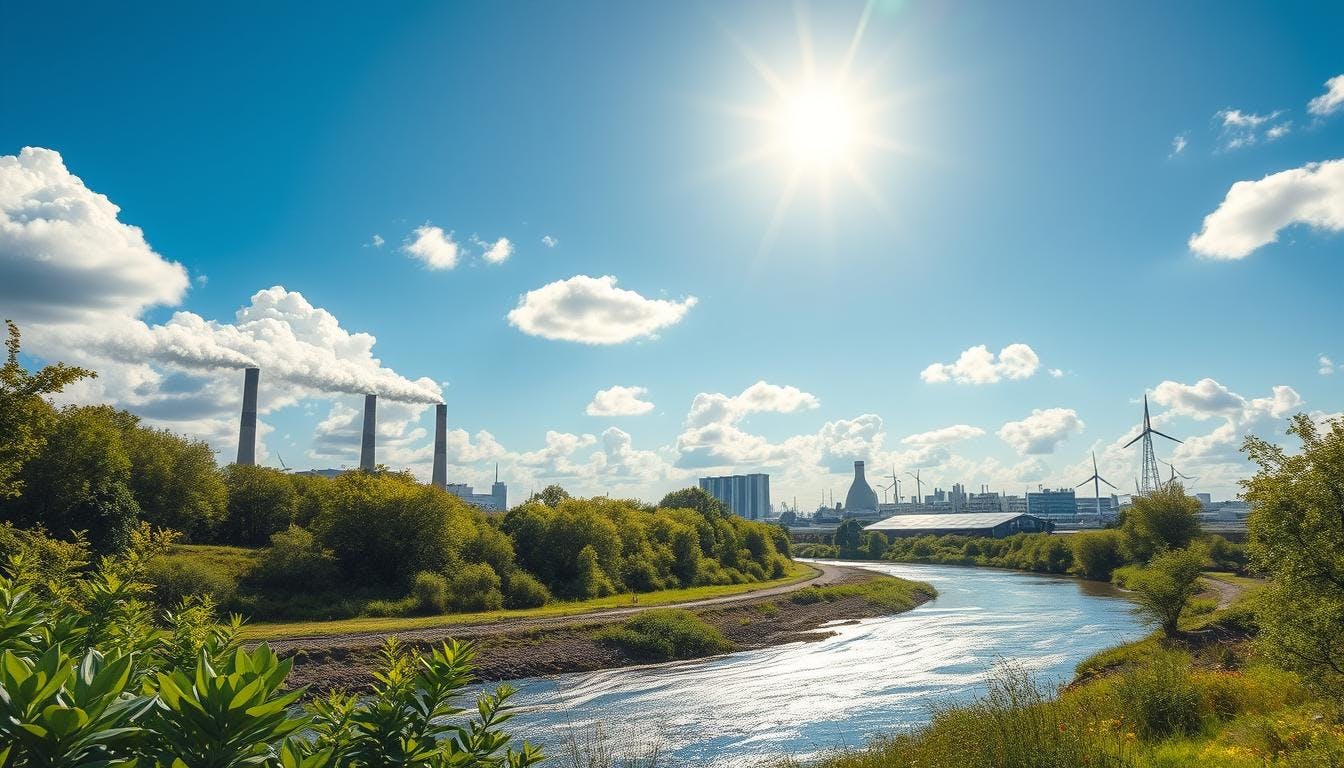
Impact on clean air regulations
The Trump administration enacted substantial changes to air quality regulations. Records verify that nearly 100 environmental rules were reversed or significantly modified during Trump's presidency. These modifications included the dismantling of the Clean Power Plan, which targeted carbon emissions reduction from power plants. The removal of restrictions on oil and gas exploration in the Arctic National Wildlife Refuge has additionally diminished air quality protection measures.
Trump's policies resulted in decreased regulations for pollutants from industrial emissions. Environmental assessment data indicates that loosened restrictions for particulate matter, nitrogen oxide, sulphur dioxide, and other pollutants are expected to persist. The EPA's capacity to monitor air and water quality faces potential reduction due to funding constraints. Regulations governing methane emissions, fracking, and offshore drilling could face additional modifications under a potential second Trump administration.
The implications of these modifications for air quality and public health are extensive, according to scientific research. Environmental organisations and health institutions have raised substantial concerns about the Trump administration's decisions. Documentation shows the administration's emphasis on economic expansion took precedence over environmental protection measures. Research indicates the enduring effects of Trump's policies on air quality regulations will be substantial, with lasting implications for public health and environmental conditions in coming years.
Water protection policy shifts
The Trump era marked significant shifts in water protection policies. The removal of the Waters of the United States (WOTUS) rule stands as a notable example. Documentation confirms this rule protected drinking water for more than 117 million Americans, representing over one-third of the population. The EPA's modified rule now classifies water bodies under federal regulation into four distinct categories: large navigable waters, tributaries, lakes and ponds, and major wetlands.
The establishment of the revised water regulations has generated substantial concerns. Analysis indicates it would remove a significant portion of waterways from federal clean-water standards, resulting in environmental degradation. The modified regulations for coal-fired power plants aim to reduce pollution controls, despite these facilities being documented as primary sources of toxic discharge in waterways. The EPA's new interpretation of the Clean Water Act has created a documented gap in regulation. This regulatory gap permits pollution discharges into protected waters through groundwater to proceed without oversight.
The water protection policy modifications under the Trump administration have prompted serious scientific examination. The 41-member EPA Science Advisory Board has expressed strong criticism of the administration's modified rule, citing evidence of decreased water protections across the nation. Research indicates these policy alterations carry substantial environmental and public health consequences, highlighting the importance of continued assessment and support for comprehensive water protection measures.
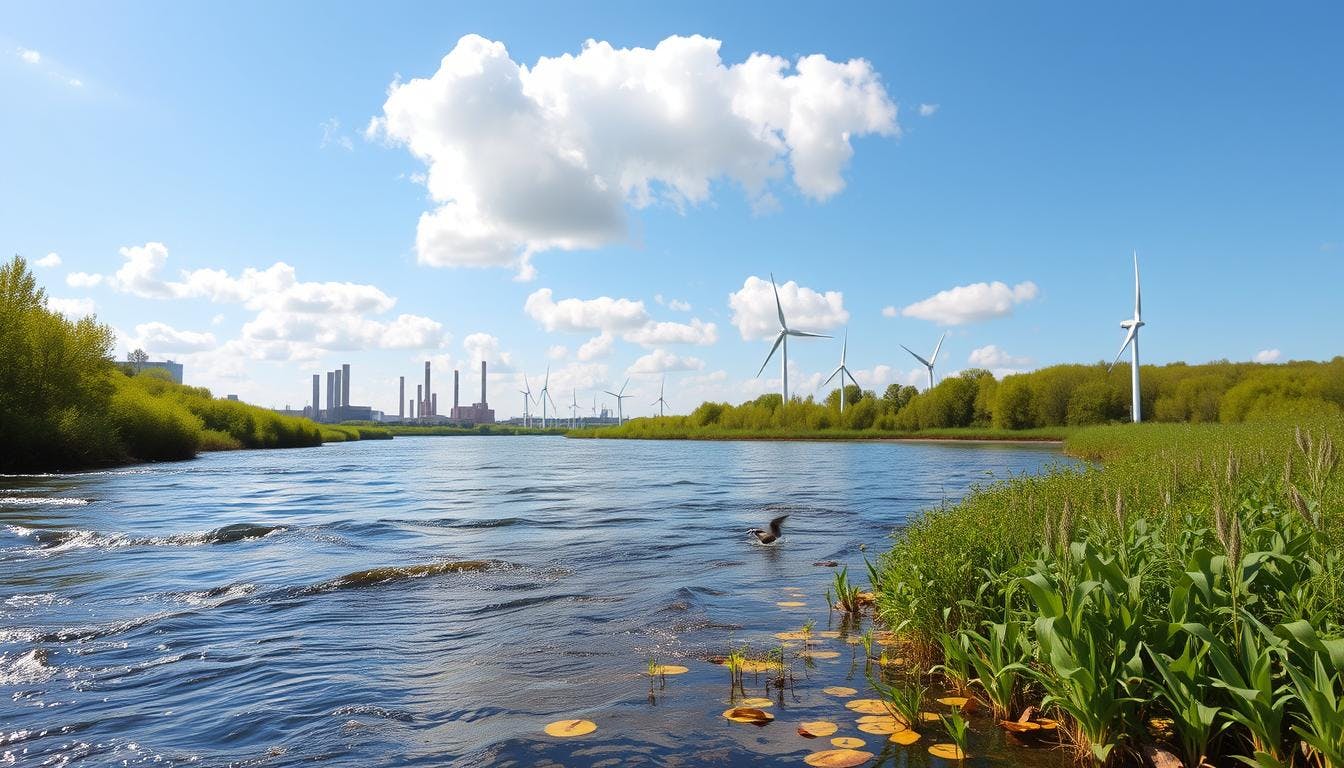
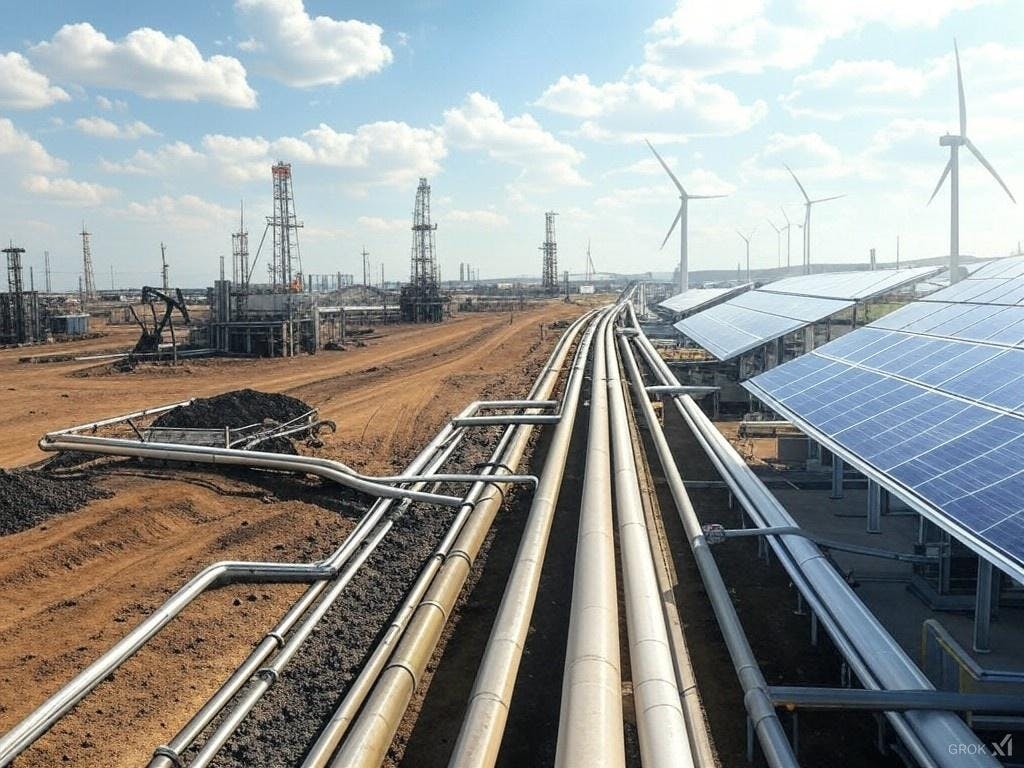
Energy sector transformations
The energy sector has undergone substantial transformations under the Trump administration. The emphasis has centred on expanding fossil fuel utilisation, encompassing coal, oil, and gas. Data confirms the U.S. oil industry is approaching record-breaking production levels. Simultaneously, the renewable energy sector has advanced significantly, with solar and wind power becoming more cost-effective than traditional fossil fuels.
The American Petroleum Institute has presented policy recommendations to the Trump administration regarding oil industry regulations. Research indicates the cost of renewable energy storage batteries has decreased dramatically, enhancing their viability for broad implementation. Documentation shows that increased electricity demand, driven by AI data centres and new manufacturing facilities, is propelling growth across the energy sector.
These changes stem from technological advancements, evolving consumer preferences, and governmental policies. The Trump administration's initiatives to increase domestic production and expand the strategic petroleum reserve have strengthened the fossil fuel industry. However, proposals to eliminate energy efficiency standards for appliances and expedite federal drilling permits have encountered opposition from environmental organisations.
Despite these challenges, the energy sector continues to transform. The Infrastructure Investment and Jobs Act and the Inflation Reduction Act have allocated substantial funding for renewable energy infrastructure and emissions reduction measures. Analysis suggests the sector will continue its evolution towards renewable energy systems and sustainable practices.
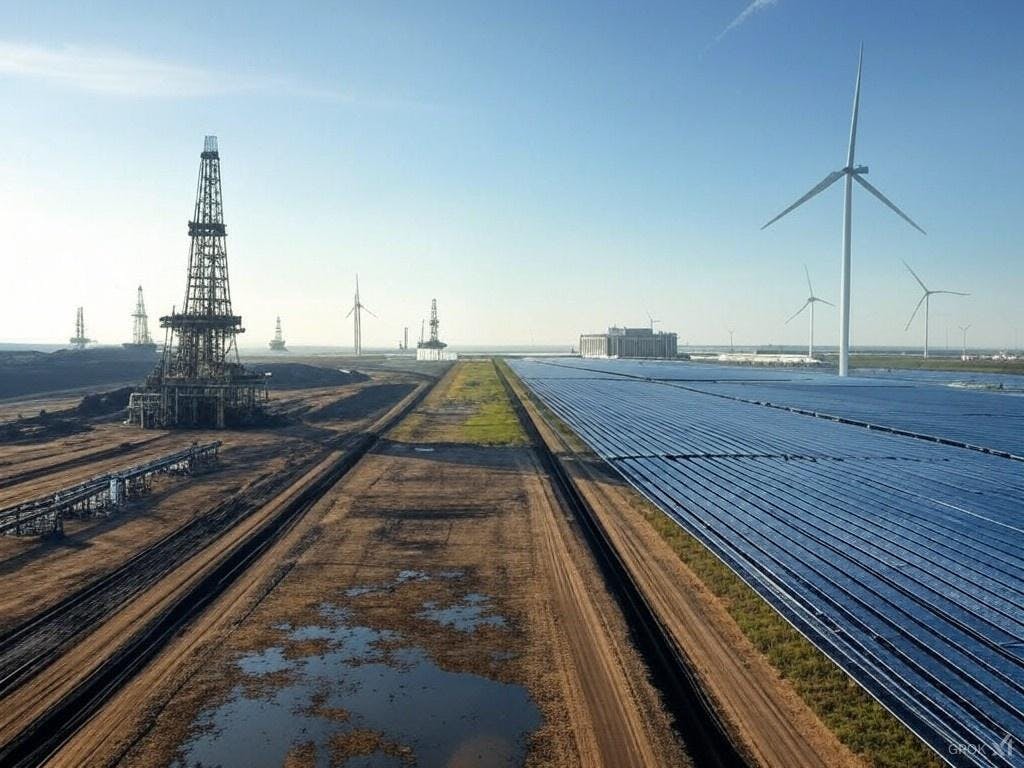
Wildlife and public lands management
The Trump administration implemented substantial modifications to wildlife and public lands management. Documentation confirms it removed restrictions on oil and gas exploration in the Arctic National Wildlife Refuge and other public territories. This decision has generated significant opposition from environmental scientists and organisations, citing research on potential damage to wildlife and ecosystems.
Analysis indicates the Trump administration pursued increased fossil fuel production in the U.S. Plans included opening the Arctic National Wildlife Refuge and additional areas for oil extraction. Research highlights risks to wildlife, particularly in sensitive regions such as the Arctic National Wildlife Refuge. Records show the administration reduced the size of Utah's Bears Ears and Grand Staircase-Escalante national monuments, prompting concerns about public lands preservation.
Environmental organisations have mounted legal challenges against the Trump administration's modifications to wildlife and public lands management. Verified records show the Center for Biological Diversity initiated 266 legal actions against the Trump administration, succeeding in approximately 90% of cases. Earthjustice filed 200 lawsuits, with an 85% success rate. These legal proceedings demonstrate the sustained opposition to the administration's public lands and wildlife management approach.
The Trump administration's public lands strategy prioritised energy production, focusing on oil and gas extraction expansion. Records indicate the Biden administration subsequently altered this approach, emphasising biodiversity preservation and environmental restoration. The 30x30 initiative aims to safeguard biodiversity across 30% of participating nations' territories by 2030. Documentation shows the "America the Beautiful" programme provides restoration grants to preserve and link natural habitats.
State-level environmental initiatives
The Biden administration has supported state-level environmental initiatives, emphasising the importance of coordination and assistance. This strategy has led to notable progress in reducing greenhouse gas emissions and advancing clean energy. For instance, the U.S. aims to decrease its greenhouse gas emissions by 50 to 52 percent below 2005 levels by 2030.
State-level efforts have been crucial in achieving these objectives. The Inflation Reduction Act, for example, is projected to reduce greenhouse gas emissions by 1 billion tonnes by 2030. Moreover, the U.S. is set to triple wind generation and increase solar output seven- to eight-fold by 2030. This advancement stems from over $240 billion in investments in clean energy manufacturing.
The American Climate Corps initiative demonstrates state-level coordination and support. It will employ over 20,000 young Americans in clean energy, conservation, and climate resilience positions. The Energy Communities AmeriCorps programme will also place members in priority energy communities across the country. This further strengthens state-level environmental initiatives.
In conclusion, the Biden administration's approach to state-level environmental initiatives focuses on coordination and support. Through collaboration with states and investment in clean energy and conservation, the U.S. can continue to decrease greenhouse gas emissions and create a sustainable future.
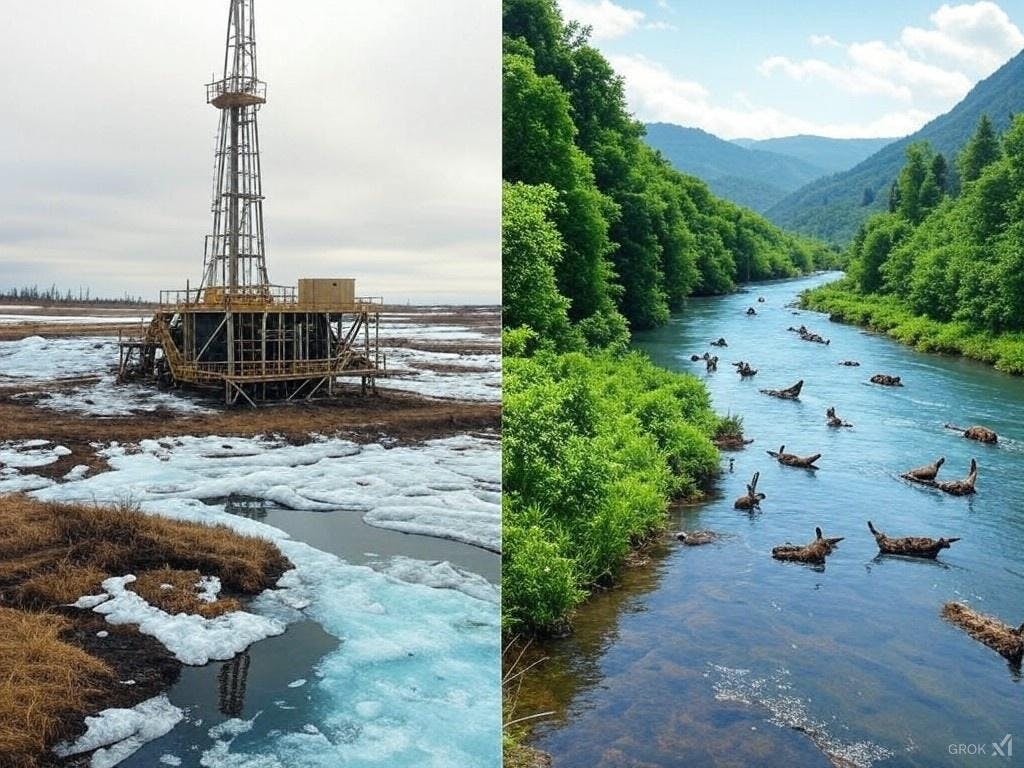
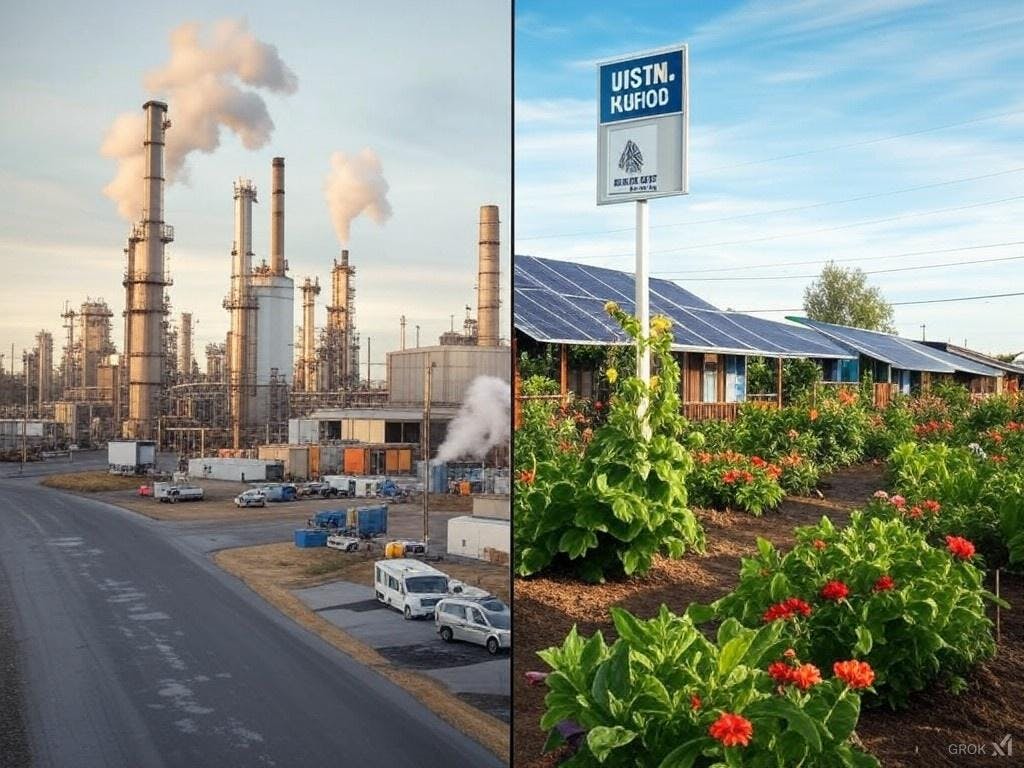
Environmental justice concerns
The Trump administration has encountered substantial criticism regarding its environmental justice policies. Research indicates that regulatory reductions have increased pollution exposure risks for low-income and minority communities. Documentation shows Project 2025's proposals aim to reduce health and environmental protections, which analyses suggest would significantly affect these communities.
The Biden administration has introduced new environmental justice initiatives. Records confirm that Justice40 directs a minimum of 40% of federal environmental investments towards underserved communities. In comparison, the Trump administration's policies received criticism for their impact on environmental justice, with verified funding of over $75 million from oil industry sources.
Advancing environmental justice necessitates investment in sustainable industrial development rather than traditional sectors. The Build Back Better Act demonstrates a legislative push towards renewable practices. Analysis indicates the Supreme Court's decision in West Virginia v. EPA could diminish decades of air quality improvements, emphasising the continued importance of environmental justice initiatives.
The environmental legacy that shapes America's future
The Trump administration's environmental policies continue to influence environmental conditions and public health outcomes. These effects will persist for subsequent generations. Records verify the administration reversed 125 environmental rules and provisions. Research indicates these changes may restrict the nation's capacity to address environmental challenges and preserve natural resources.
As the US navigates its environmental trajectory, individual states such as Michigan have initiated independent measures. Documentation shows Michigan's objective to transition to renewable energy systems by 2040. However, analysis suggests that state-level initiatives may prove insufficient to address the reduced US participation in international environmental agreements. Research indicates the elimination of environmental regulations and departure from the Paris Agreement carries substantial implications for America's outlook and global environmental conditions.
The Trump administration's environmental impact presents a multifaceted legacy with varying outcomes. While certain industries experienced reduced regulatory oversight, scientific assessments indicate significant risks to public health and environmental conditions. Moving forward, research emphasises the importance of examining these policies' long-term consequences. The path towards environmental sustainability requires careful consideration of economic development alongside environmental preservation. These decisions will shape America's environmental future.
17 South Street
Auckland 1010
New Zealand
info@carbonclick.com- -
- X
Sign up. Be inspired. Get clicking.
Subscribe now to stay up to date with CarbonClick, carbon offsetting and climate action.
By signing up you agree to our Privacy Policy.


